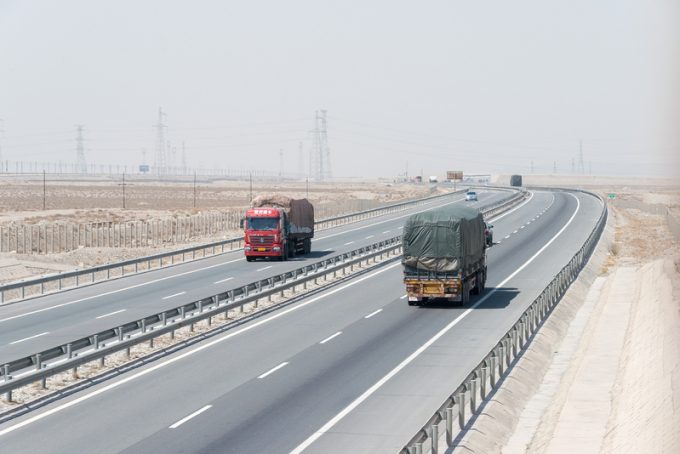CMA CGM's $20bn US pledge: all fur coat and no knickers
Is Macron at the helm?

Brooking has published an interesting article on China’s Belt & Road Initiative – a not particularly transparent project. As it notes, the BRI is primarily a programme to fund infrastructure, with about two-thirds of financing – some $50-$100bn each year – going to power and transport.
A 2019 World Bank study looked at the transport projects along the overland and maritime routes, concluding there were benefits to recipient countries and the world, if transport costs were reduced through improved infrastructure. But it also pointed ...
Asia-USEC shippers to lose 42% capacity in a surge of blanked sailings
Why ROI is driving a shift to smart reefer containers
USTR fees will lead to 'complete destabilisation' of container shipping alliances
New USTR port fees threaten shipping and global supply chains, says Cosco
Transpac container service closures mount
Outlook for container shipping 'more uncertain now than at the onset of Covid'
DHL Express suspends non-de minimis B2C parcels to US consumers

Comment on this article